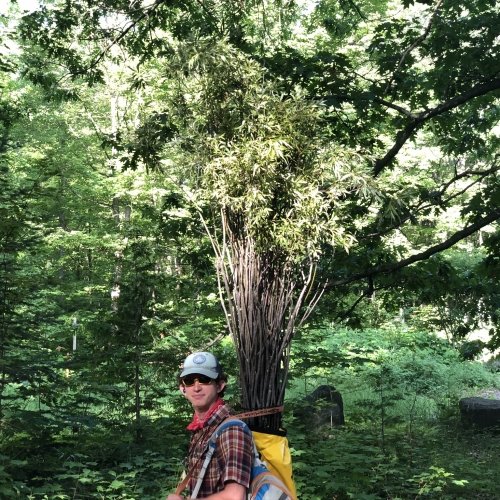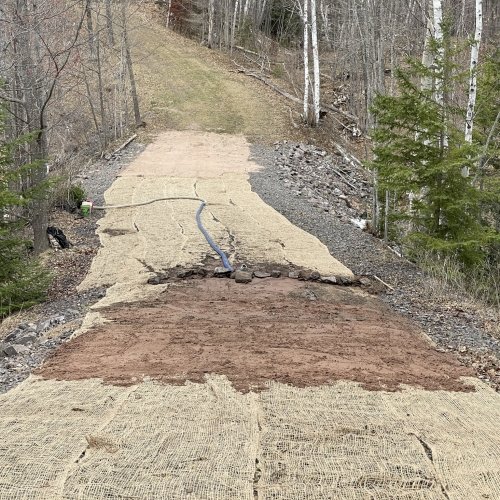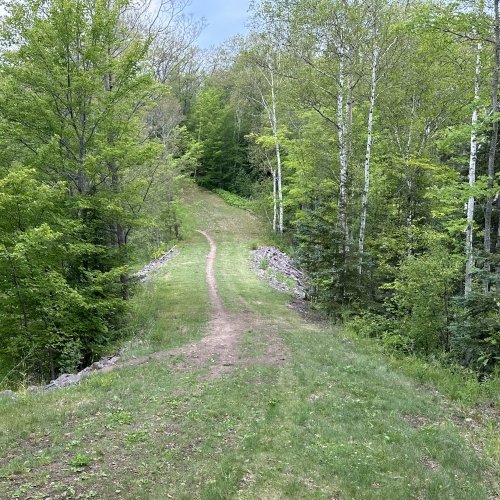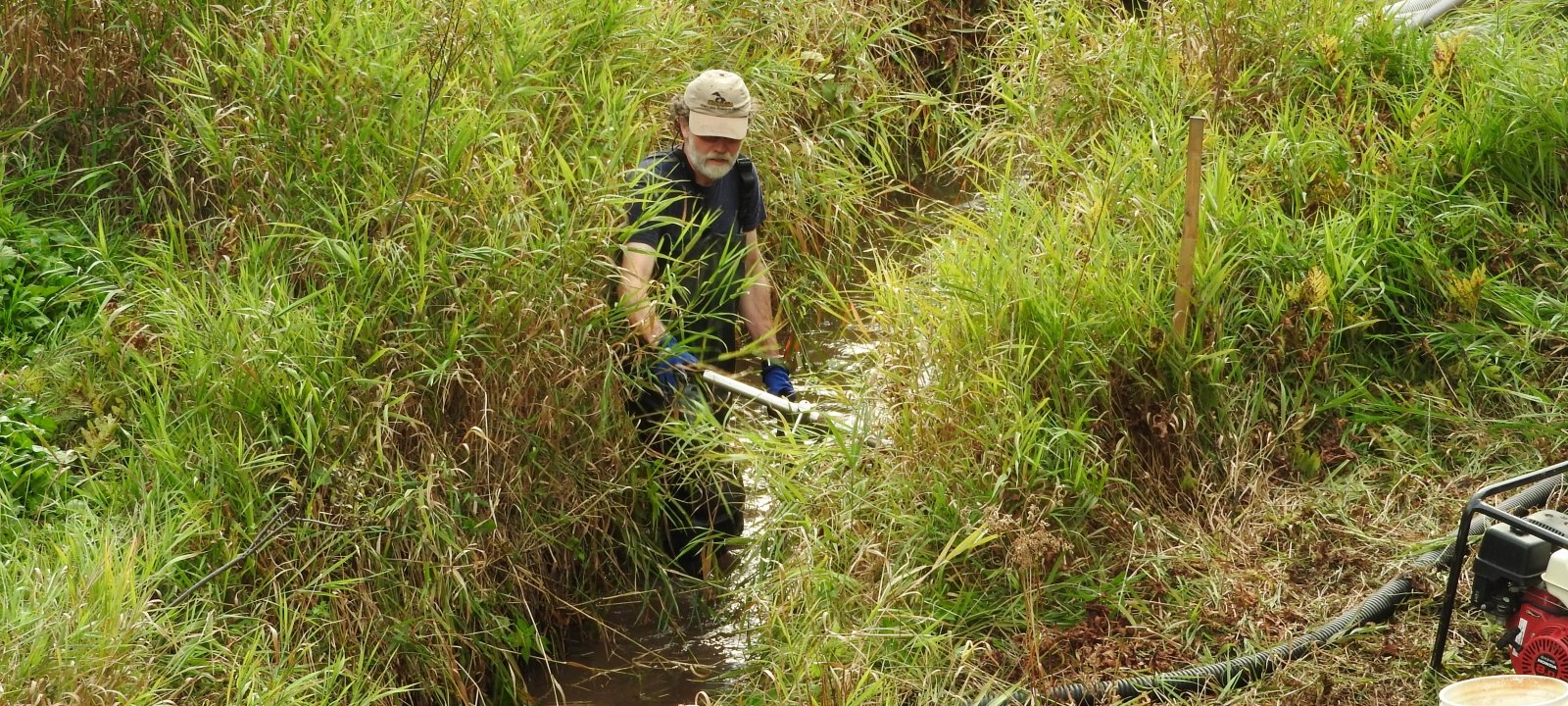Introduction:
The Peepsock wetland is located just upstream from a historic copper mining railroad, which has caused regular flooding each spring and during heavy rains. Due to frequent flooding over the past 100 years, only a few really old willows remain in the driest areas, and the rest of the wetland is completely covered by the invasive species reed canary grass. During the 2018 Father's Day flood that hit Houghton, the railroad grade was blown out, restoring natural hydrologic conditions. This provided an opportunity to restore the long-degraded wetland to its shrub and woodland condition.
Restoration Goal:
The goal of this project is to increase the native tree and shrub cover, control invasive species, and remove excess sediment from the Peepsock stream.
Location:
City of Houghton and MTU Tech Trails.
Activities:
We planted thousands of native trees and shrubs throughout the wetland in 2020-2023. We also controlled invasive species, conducted a stream sediment survey in 2021 and discovered that the entire Peepsock stream is buried by ~30-50 cm of sand from recent deposition, and worked with Dr. Casey Huckins to remove sand from the stream channel.
Partners:
This research was funded by GLRI grant and was a collaboration between Michigan Tech (PI:Rod Chimner), the Keweenaw Invasive Species Management Area (KISMA CO-PI Resh), the City of Houghton, and Michigan Technological University recreational trail managers.



